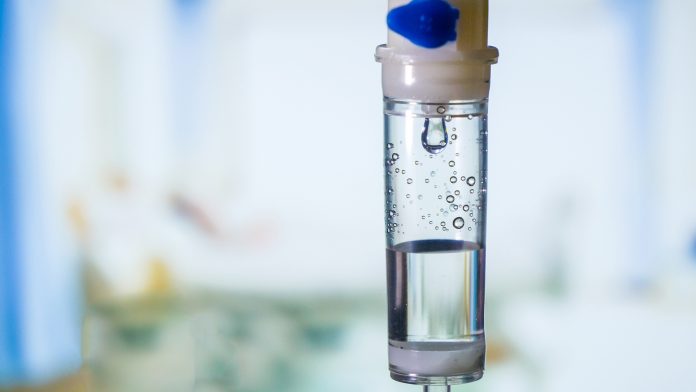
Researchers at the University of Basel have demonstrated an effective method of targeted treatment to enhance leukaemia therapy.
In cases of chronic leukaemia, hindering the overactive kinase JAK2 through a targeted therapy method only acts to alleviate the patients’ symptoms, but is not capable of changing the course of the disease.
A novel study conducted by researchers at the University of Basel has indicated the possibility of enhancing the therapeutic effects by also preventing a particular signalling pathway. Their findings are so compelling that they have already being integrated into clinical studies in a “bench-to-bedside” method.
In myeloproliferative neoplasms, which is a type of chronic leukaemia, the body continually makes too many blood cells such as erythrocytes, platelets, and granulocytes. This can result in thrombosis, enlarged spleen and constitutional symptoms, including weight loss, bone pain, and fatigue. The disease impacts approximately one in one hundred thousand adults each year and, in the worst case, results in acute leukaemia with a shortened life expectancy.
The disease is initiated by mutations that trigger the JAK2 tyrosine kinase to be perpetually active, as opposed to only being activated when necessary. This means that the bone marrow continuously receives signals to generate new blood cells. For approximately 10 years, inhibitors have been employed that attempt to restrict the activity of JAK2.
Limitations of JAK2 inhibitor monotherapy
“The expectations we had for the treatment with JAK2 inhibitors have not been fully met,” explained Professor Sara Christina Meyer, leader of the Myeloid Malignancies research team at the Department of Biomedicine at the University of Basel and Attending Physician in Hematology at the University Hospital of Basel (USB). While the symptoms improve, the proportion of leukaemia cells in the blood remains high and after a few years the patients often no longer respond to the treatment.
“We are addressing the question why this targeted therapy is not more effective,” Professor Meyer added.
Her research group concentrates on the MAPK signalling pathway, which is implicated in the growth of various cancers, and is controlled by JAK2 in myeloproliferative neoplasms. “We have found in previous studies that this signalling pathway remains active despite JAK2 inhibition, and continues to stimulate hematopoiesis,” commented Professor Meyer.
In order to get to the core of the problem, the team deactivated ERK1/2 – a significant component of the MAPK signalling pathway – alongside JAK2 and examined if the combined targeting functions better at combating leukaemia.
They utilised three test systems in this quest: established leukaemia cell cultures, mouse models for myeloid leukaemia, and blood and bone marrow samples from patients. To disable ERK1/2, they applied inhibitors that have recently become accessible and block ERK1/2 in particular. One of the compounds, on top of an approved JAK2 inhibitor, were supplied by Novartis for the study. In the mouse models, the team also deactivated the genes for ERK1/2 with molecular biology techniques.
Combined treatments are more effective
In all three test methodologies, the effectiveness of JAK2 inhibitor treatment was improved when merged with the targeting of ERK1/2. This was displayed by a reduction in blood cell production and (in the mouse model) reduction of spleen size. Meyer explained that she found it reassuring that combined treatment decreases the amount of leukaemia cells in blood and bone marrow, which is rarely seen with JAK2 inhibitors as single agents and may alter the disease course in the longer term.
Due to these positive findings, the novel combination therapy method has quickly been applied into an international phase 1/2 clinical trial and is being utilised for a modest number of patients. Meyer anticipates obtaining the initial results in the next few months.
Meyer concluded: “As a clinician and researcher, my focus is clearly on improving therapies. My main motivation is to find something that not only works in the dish, but can actually help people with leukaemias such as myeloproliferative neoplasms.”






















